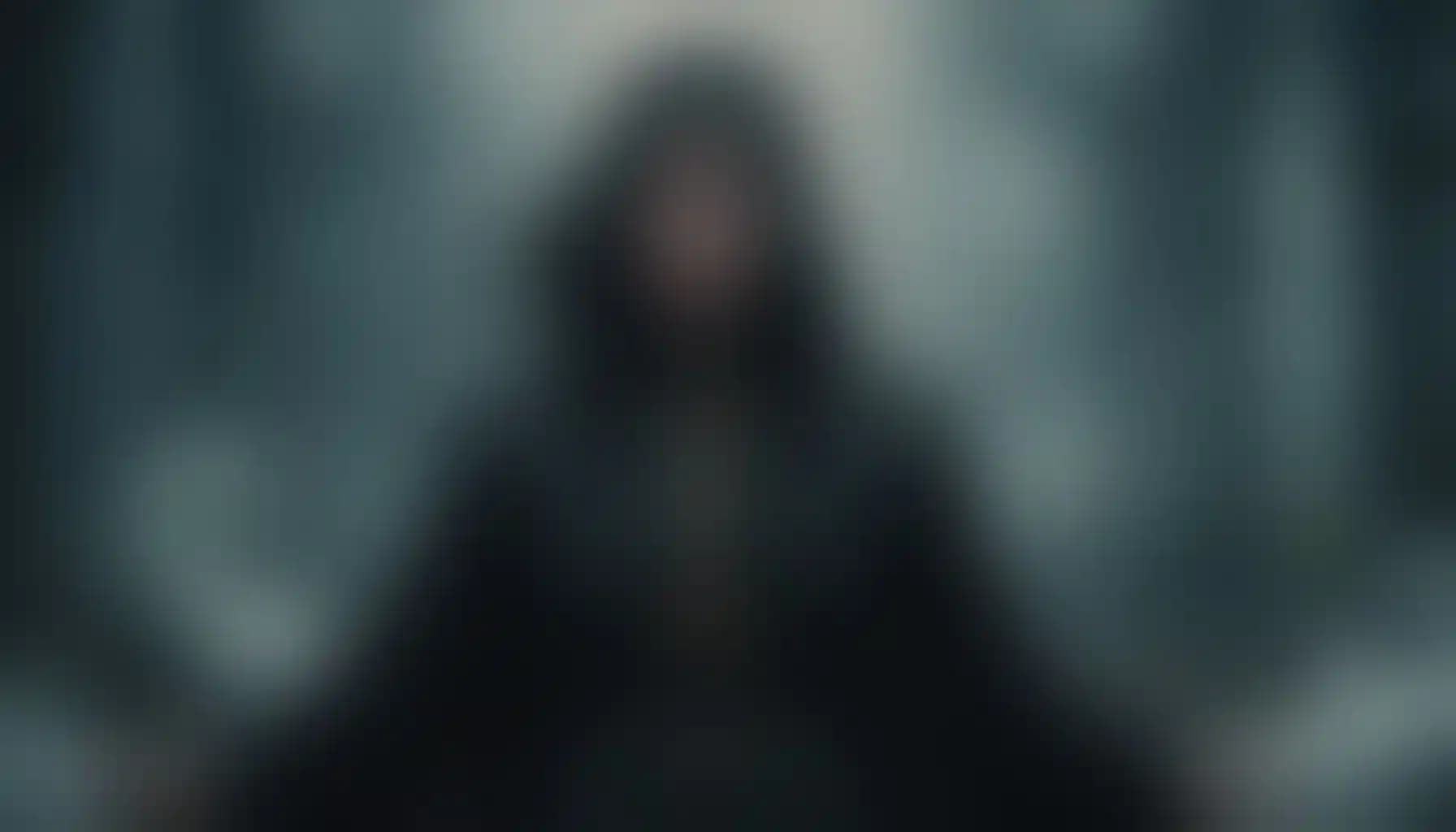
Unveiling the Enigma of the Mystic Being: A Journey Through Myths and Legends
Mystic beings have fascinated humanity for millennia, appearing in myths, legends, and folklore across diverse cultures. These enigmatic entities often embody the mysteries of the unknown, serving as symbols of power, transformation, and the supernatural. Our journey through the myths and legends of mystic beings will uncover their origins, roles, and evolution in various cultural […]